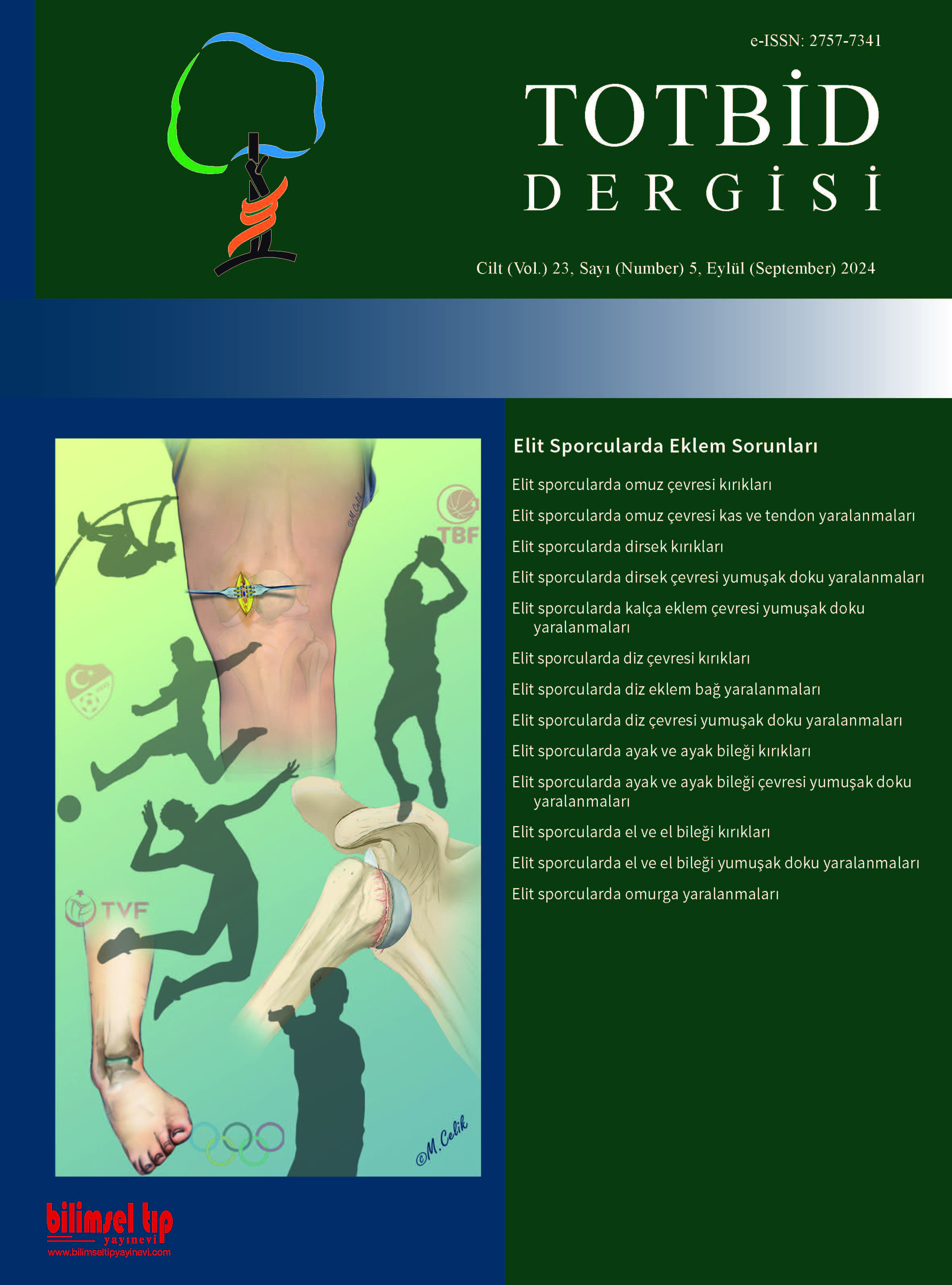
Elbow problems are common in elite athletes, and the majority of them are soft tissue problems. Elbow fractures in athletes are seen at a similar frequency to the normal population. However, expectations in terms of functional outcomes are higher in the athlete compared to the general population. For this reason, surgical treatment is preferred more in elbow fractures in athletes. Computed tomography, especially three-dimensional reconstruction, is used in the evaluation, classification and determination of treatment method of elbow fractures. The treatment principles for these fractures, which are usually intra-articular, are anatomical reduction, stable fixation, stable elbow joint, early range of motion and rehabilitation, and early return to sports. During the treatment of the elbow fractures, elbow stability must be evaluated and accompanying ligament injuries must be either repaired or reconstructed. The patient should be carefully evaluated for nerve injury that may accompany fractures around the elbow. During surgery, care should be taken against iatrogenic nerve injuries. Particular attention should be paid to protect the posterior interosseous nerve in radial head fractures, and the ulnar nerve in distal humerus fractures and olecranon fractures.